Terrorism and Violent Transition in the Basque Country and Navarre (1975-1982)
DOI:
https://doi.org/10.51743/cih.555Keywords:
Terrorism, Political Violence, Basque Country, Navarra, Transition, DemocracyAbstract
In recent years, the transition to democracy in Spain has experienced a contestation of certain elements that characterised it. One of these elements, referring to its peaceful and non-violent nature, is the one that has been most contested in recent times. This work adds to this trend in order to show a reality that is more than well known. In order to carry out this research, a bibliographical review of the latest editorial and scientific publications has been carried out to examine the weight and importance of violence and terrorism in order to understand the phenomenon of the Transition in Spain. In the same way, it also resorts to the use of different sources. All of this with three main objectives: to elaborate an approach to the phenomenon of terrorism and
political violence in the Basque Country and Navarre during the transition to democracy in Spain; to expose the need to abandon the idea of a peaceful and non-violent Transition; and to endorse the conception of violence and terrorism as a totalising phenomenon that permeated all aspects of daily life (culture, politics, society, economy, etc.) in these two regions, principally. Nonetheless, the text takes care not to lose the broad approach, as violence and terrorism were very present throughout the country during the Transition.
Downloads
Global Statistics ℹ️
|
221
Views
|
93
Downloads
|
|
314
Total
|
|
References
ALONSO, R.; DOMÍNGUEZ, F. y GARCÍA, M. (2010). Vidas rotas. La historia de los hombres, las mujeres y los niños víctimas de ETA. Espasa.
APARICIO, V. (2023). La violencia, actor político de la Transición. Discursos y prácticas del PSOE y el PCE (1975-1982). Sílex.
APARICIO, V. (2024). Violencias políticas en la Transición española. Catarata.
AVILÉS, J. (2010). El terrorismo en España: de ETA a Al Qaeda. Arco Libros.
AVILÉS, J. (2020). El mito de la Transición sangrienta: el caso español en el contexto internacional. En 1980. El terrorismo contra la Transición (73-92). Tecnos.
AZCONA, J. M. (ed.) (2022). El discurso de ETA, la internacionalización del terror y la ficción audiovisual. Sílex.
AZCONA, J. M. y RE, M. (eds.) (2022). El asesinato social y el relato de las víctimas de ETA. Tirant Lo Blanch.
BABY, S. (2018). El mito de la transición pacífica. Violencia y política en España (1975-1982). Akal.
BALLESTER, D. (2022). Las otras víctimas. La violencia policial durante la Transición (1975-1982). Zaragoza, España: Prensas de la Universidad de Zaragoza.
CASALS, X. (2016). La Transición española. El voto ignorado de las armas. Pasado & Presente.
DÍAZ-MAROTO, A. (2022). Luces, cámara y… ¡fuego! La violencia política del País Vasco y Colombia en el cine de ficción (1964-2017). Sílex.
DOMÍNGUEZ, F. (2003). Las raíces del miedo. Euskadi, una sociedad atemorizada. Aguilar.
DOZ, J. (20 de febrero de 2014). Túnez: ¿Una transición “a la española”? Infolibre. https://www.infolibre.es/opinion/columnas/tunez-transicion-espanola_1_1098240.html.
FERNÁNDEZ, G. y JIMÉNEZ, M. (coords.) (2020). 1980. El terrorismo contra la Transición. Tecnos.
FERNÁNDEZ, G. y LÓPEZ, R. (2012). Sangre, votos y manifestaciones: ETA y el nacionalismo vasco radical. 1958-2011. Tecnos.
FERNÁNDEZ, I. (2021). Un símbolo de acero y hormigón. La campaña de ETA contra Lemóniz. En Historia y memoria del terrorismo en el País Vasco 1968-1981 (413-458). Editorial Confluencias.
GARCÍA, P. (2020). ETA y la conspiración de la heroína. Catarata.
GONZÁLEZ, E. (2024). Política y violencia en la España contemporánea. Vol. 2. Del “Cu-Cut!” al Procés (1902-2019). Akal.
IZARRA, J. (23 de diciembre de 2023). Bildu reclama a los hijos de una víctima en Navarra que asuman la limpieza de una pintada de ETA que le hicieron en su casa. El Mundo. https://www.elmundo.es/espana/2023/12/23/6585ec3d21efa0d71e8b457b.html.
JIMÉNEZ, M. (2020). El rostro humano de las víctimas. Relatos personales ante la tragedia. En 1980. El terrorismo contra la Transición (277-306). Tecnos.
JIMÉNEZ, M. y MARRODÁN, J. (2019). Heridos y olvidados. Los supervivientes del terrorismo en España. La esfera de los libros.
MATEO, E. (2020). La visibilidad de las víctimas del terrorismo a través del movimiento asociativo y fundacional. En El asesinato social y el relato de las víctimas de ETA (115-138). Tirant Lo Blanch.
MORENO, I. (2020). La respuesta social ante la violencia terrorista en el País Vasco: con pies de plomo. En 1980. El terrorismo contra la Transición (255-276). Tecnos.
MOTA, D. (2017). Los 40 Radikales. La música contestataria vasca y otras escenas musicales: origen, estabilización y dificultades (1980-2015). Ediciones Beta III Milenio.
OMANZABAL, M. (6 de octubre de 2023). Atacados con pintura y heces el monolito y la tumba de Fernando Buesa, asesinado por ETA en Vitoria. El País. https://elpais.com/espana/2023-10-06/atacados-con-pintura-y-heces-el-monolito-y-la-tumba-de-fernando-buesa-asesinado-por-eta-en-vitoria.html.
ONTOSO, P. (2019). Con la Biblia y la Parabellum. Cuando la Iglesia vasca ponía una vela a Dios y otra al diablo. Ediciones Península.
PÉREZ, J. A. (coord.) (2020). Historia y memoria del terrorismo en el País Vasco 1968-1981. Editorial Confluencias.
PÉREZ, J. A. (2020). ETA contra los alcaldes y cargos franquistas. En Historia y memoria del terrorismo en el País Vasco 1968-1981 (233-282). Editorial Confluencias.
RÍOS, J.; García de las Heras, M.; Gago, E.; Limón, P. (coords.) (2024). Las víctimas frente al terrorismo de ETA. Narrativas, movilización y perspectiva comparada. Dykinson.
UGARTE, J. (coord.) (2018). La bolsa y la vida. La extorsión y la violencia de ETA contra el mundo empresarial. La esfera de los libros.
Downloads
Published
How to Cite
Issue
Section
License
Copyright (c) 2025 CUADERNOS DE INVESTIGACIÓN HISTÓRICA

This work is licensed under a Creative Commons Attribution-NonCommercial 4.0 International License.
The Fundación Universitaria Española publishing house preserves the patrimonial rights (copyright) of published works, and encourages and allows their reuse. The works are published in the electronic edition of the journal under a license “Creative Commons Atribución/Reconocimiento-NoComercial 4.0 Licencia Pública Internacional — CC BY-NC 4.0”, and can be copied, used, disseminated, transmitted and publicly exhibited, provided that : a) the authorship and original source of its publication is cited (journal, publisher and URL of the work); b) are not used for commercial purposes; c) the existence and specifications of this license of use are mentioned.
The author / s partially transfer the property rights (copyright) of this work to the Fundación Universitaria Española (Spain) (NIF: G28433670), for the printed and online editions.
It also declares to have respected the ethical principles of research and to be free from any conflict of interest.
«C.I.H.» encourages the authors and the scientific community to the maximum promotion and dissemination of the works in their final version through:
1) Your list of contacts (emails) and social networks (Facebook, Twitter, LinkedIn ...).
2) Institutional repository of your University and public repositories (Mendeley, Cosis ...).
3) Scientific social networks (ResearchGate, Academia.edu, Kudos ...).
4) Personal or institutional website, blog, etc.
5) Google Scholar, ORCID, ResearchID, ScopusID, Dimensions, PlumX ...
6) Printed copies purchased directly and sent to specialists for reading and subsequent citation if appropriate.
For the nomination of future articles by authors of "C.I.H.", the impact of previous works will be taken into account, so that those with citation higher than the annual average of the journal will be preferred.
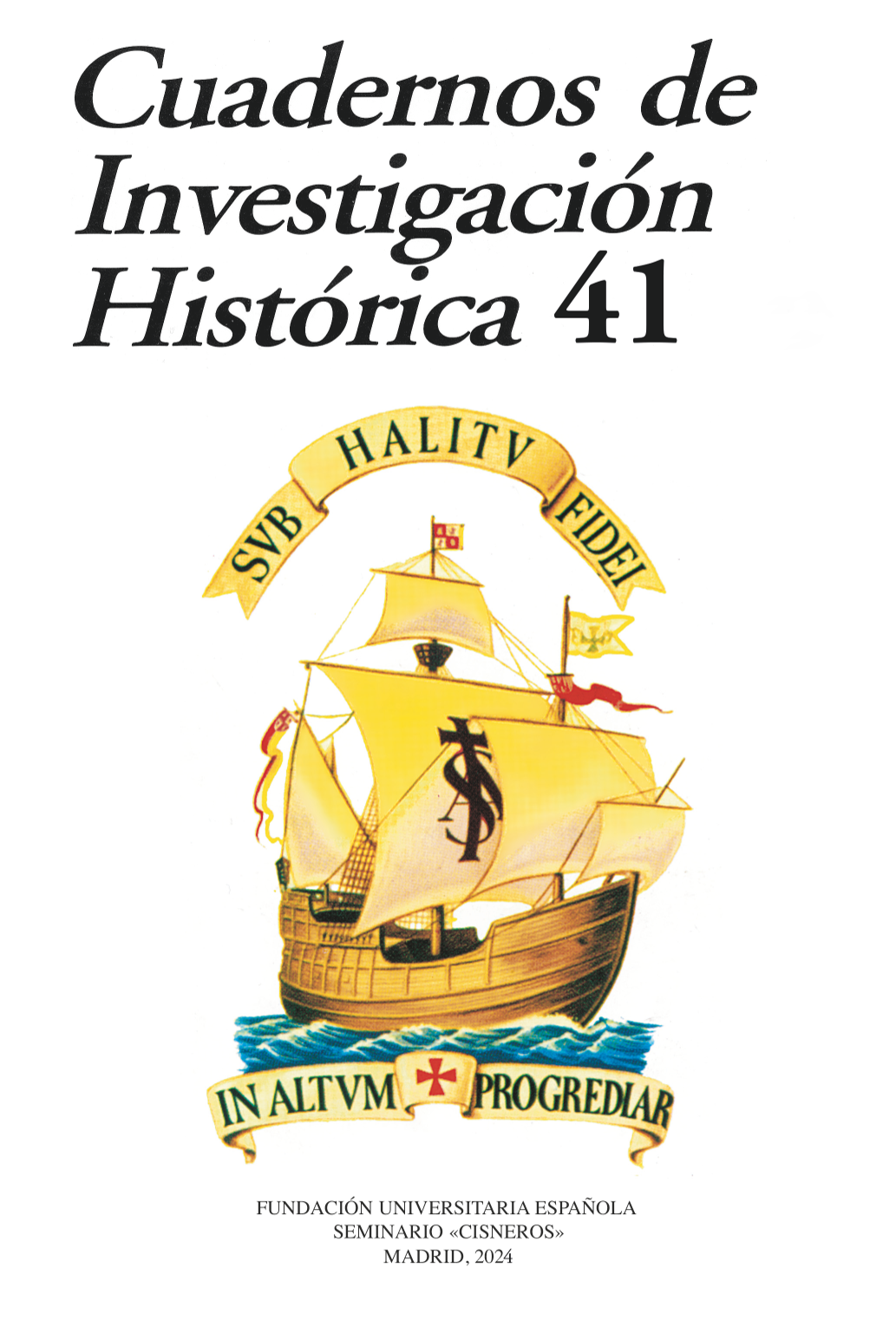





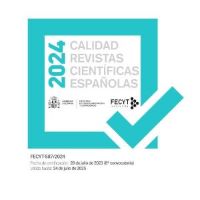




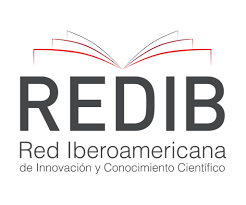
2.jpg)



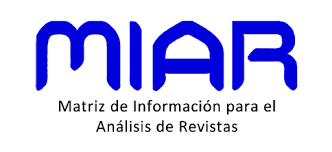
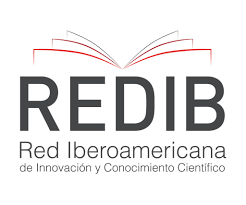







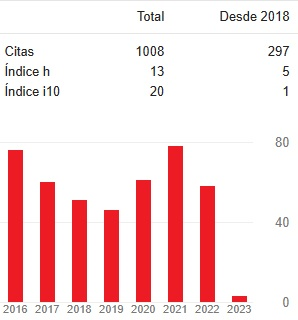



1.png)
1.png)

1.png)


.png)
.png)

.png)
1.png)
1.png)
